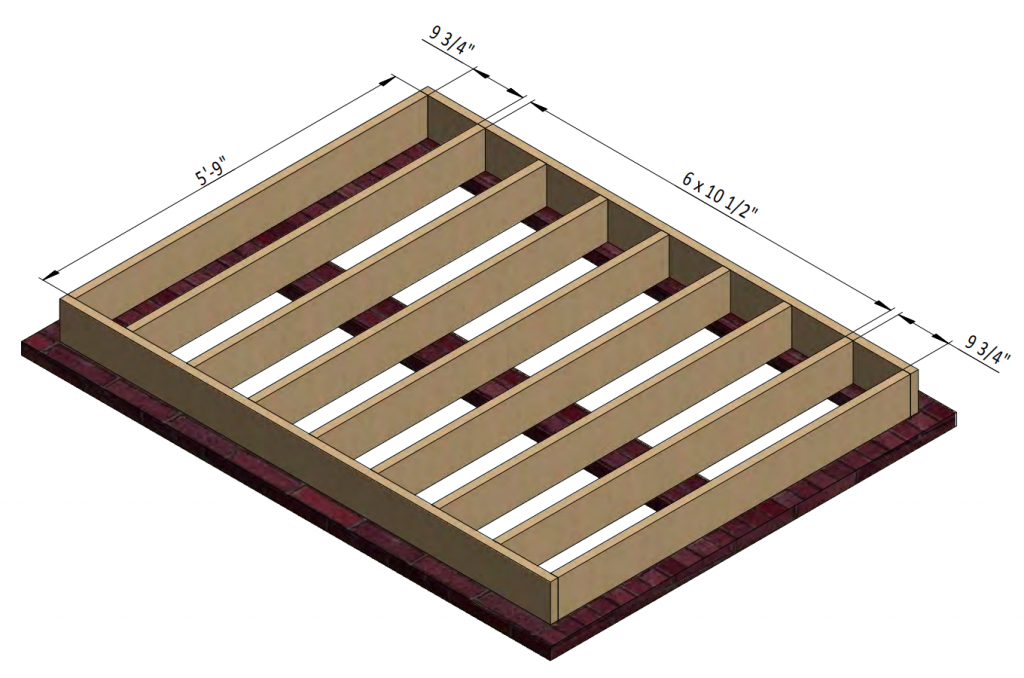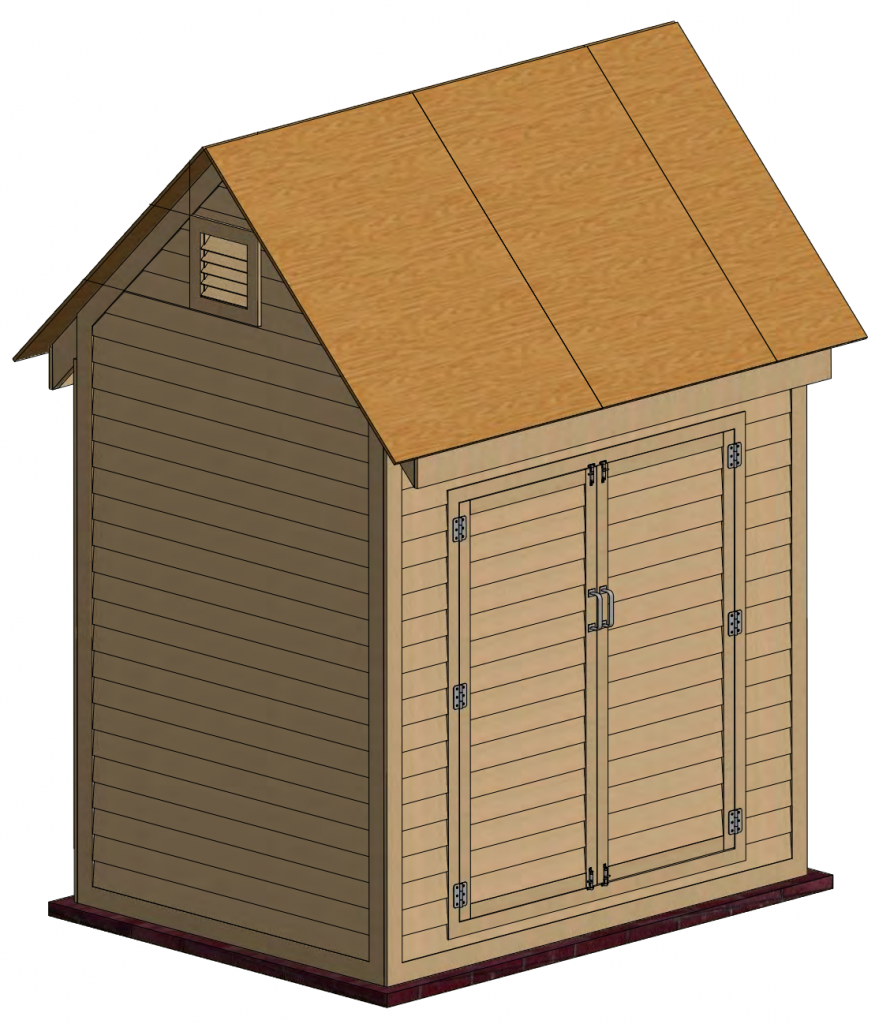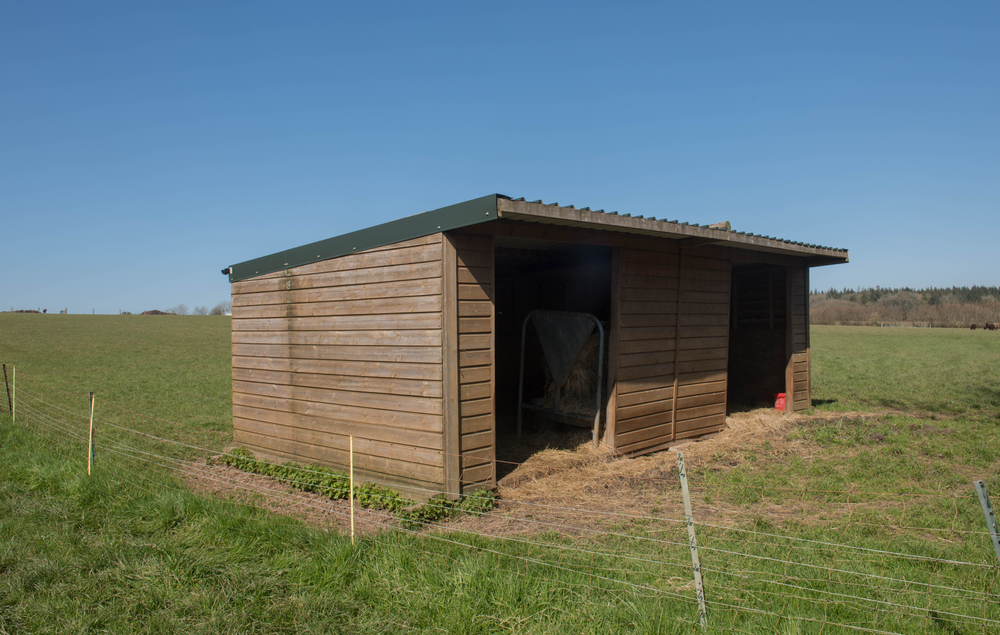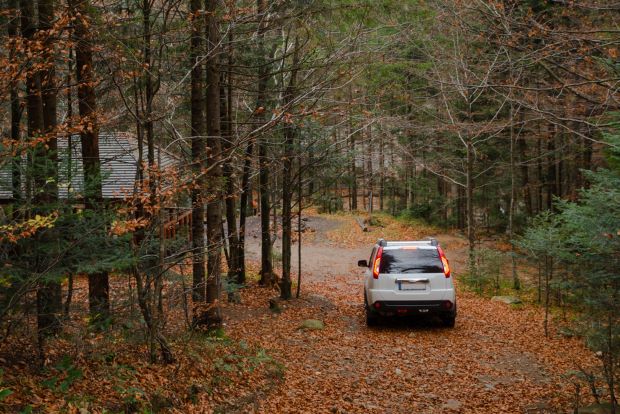As a prepper, you know it is not a matter of if the United States experiences a catastrophic event, but when.
You will survive the initial disaster with an underground bunker, but you can’t live underground forever. You need shelter for you and your family when it is safe to come above ground again. A small shelter shed will make it much easier to adapt to a post-catastrophic world and increase your survival chances. By carefully planning and constructing a shelter, you ensure your basic needs will be met upon returning to the surface.
Why Do You Need a Shelter Shed?
You may be wondering why you need to build an additional shelter. Can’t you move back into your home? It’s a great idea, but not one you should count on. If it is a nuclear attack or bio-warfare, your home is not sealed to keep dangerous chemicals and agents out. Not to mention, chances are good that there won’t be any electricity, which is how your home operates. At best, it would serve as a roof over your head and nothing more, and that is if it is still standing.
You need a small shelter shed that is specifically designed to withstand an event of high magnitude. It should also be able to function without modern conveniences (e.g., electricity and plumbing).
Designing Your Shelter
Before construction can begin, you need to have a solid plan. First, decide how large of a shelter shed you will build. Consider how many people will be staying with you and how much space you need to accommodate your gear. Most people only need a small space to fit their needs. You can find a list of free shed plans at shedplans.org.
You will also need to determine which threats you are most concerned about. For instance, is it a nuclear attack, EMP, bio-warfare, natural disaster, etc.? Your answer will shape how you build your shelter and which details matter most.
Choose the Least Vulnerable Location
When deciding on your shelter, choose the safest location. If you have many acreages, it is advisable to build your den in an area that others will not easily find. In a small backyard, this will not be possible, and that’s okay. Instead, focus on choosing a shelter site that is the least vulnerable to being destroyed by other structures, including homes, trees, and limbs.
Check Local Regulations
Once you’ve decided what size shelter you need and the location, consult your local Planning and Zoning. Their office can confirm if your structure will be permitted and inform you as to whether you need a building permit to proceed.
If you are part of an HOA, you will need to check with them to make sure your new structure is allowed according to the rules and regulations. Often, there will be restrictions on how large a structure you can place on your property and how it can be built.
Tips for Building Your Small Shelter Shed
Each person is unique, and your needs will be different from someone else’s, meaning that no two buildings will be the same. However, the following tips will guide you through building a solid shelter shed that will last for years to come.
A Strong Foundation

A shelter is only as strong as the foundation. A thickly poured concrete floor is the best option for your survival shelter. It minimizes the risk of anything being able to seep up through the earth. It also keeps insects, rodents, and other animals from invading your shelter, as well as unwanted moisture.
Not to mention, a shed secured to a concrete foundation is much less likely to fall or collapse than one on a raised foundation such as blocks.
Impenetrable Exterior
There are many options for the materials used to construct the walls of your shelter shed. Although wood is an option, it is advisable to go with a sturdier solution such as metal or cement blocks. If you are concerned about a nuclear attack or bio-warfare, you will want to make sure your shelter is completely sealed so that no outside air can contaminate the interior. As an added precaution, you can always make the walls multi-layered. For example, install cement blocks with an outer layering of metal.
Long-Lasting Roof

The roof is just as important as the walls. You never know when a catastrophic event may occur and certainly do not want to be stuck with a roof that needs maintenance. There are shingle roofs that have a life expectancy of 50 years, but metal roofs are the preferred option because they can last as long as 70 years and require less maintenance. As with the walls, feel free to install multiple layers for maximum protection.
Adequate Ventilation
If you’ve chosen to seal off your shelter completely, you will need a way to get adequate ventilation into your shelter shed. If a disaster prevents you and your occupants from leaving the shed for extended periods, not having any airflow will be deadly. There are a couple of ways you can ensure proper ventilation:
- Digging an air shaft
- Using an expedient air pump
Traditional forms of ventilation such as air vents or ridge vents are viable options if you’ve chosen not to seal off your shelter from external airflow.
Additional Features to Consider for Your Small Shelter Shed
After you have the basics taken care of, it is time to decide if you want to incorporate additional features. The number of features you add will depend on available space and preference.
Creature Comforts
If you have space, you may want to consider incorporating at least one bed. It could even be a murphy bed that folds into the wall during the day for a larger living space.
Storage on the walls, such as cabinetry and shelving, is a great way to store dry goods. Efficiently using wall space also maximizes living space.
Adding a table to eat at or prepare food and small pieces of furniture will make your shed more comfortable to live in while you adapt to the new world around you.
Drinkable Water

Even if you have a supply of bottled water, it will only last so long. You will need a long-term and safe water source. Digging a private well that provides water to the shed is a viable long-term solution. However, it is important to be conscientious of water safety as drinking contaminated water is one of the biggest threats to survival situations.
Ensure you know where the water is coming from and that it isn’t getting contaminated by another body of water upstream. Even though the earth is a natural filtration system, it is still advisable to boil drinking water before use.
A System for Dealing with Nature’s Calls
If you are unable to leave your shelter shed for long periods, you will need a way of effectively dealing with nature’s calls. There are many different options. One is to have an outhouse in your shed. Keep in mind that it should have the capacity to handle large amounts of human waste.
Second, you can use the earth as a filtration system and dig a very deep hole to place your “toilet” on top. If you choose this option, you will need to mark off the area when pouring your concrete slab and take additional measures to ensure outside air and critters cannot get in.
If you can go outside as soon as you come above ground, this, fortunately, will not be an issue.
Final Thoughts
You can never be too prepared for a catastrophic event. Food, water, and shelter are the basic needs of human survival. Having a well-executed plan for each increases your chances of long-term survival.
A safe underground bunker for the initial disaster is only half of the equation. You also need a sturdy and safe small shelter shed above ground where you can begin to rebuild your life. These tips will help you ensure that the second half of your shelter needs are taken care of!







































































